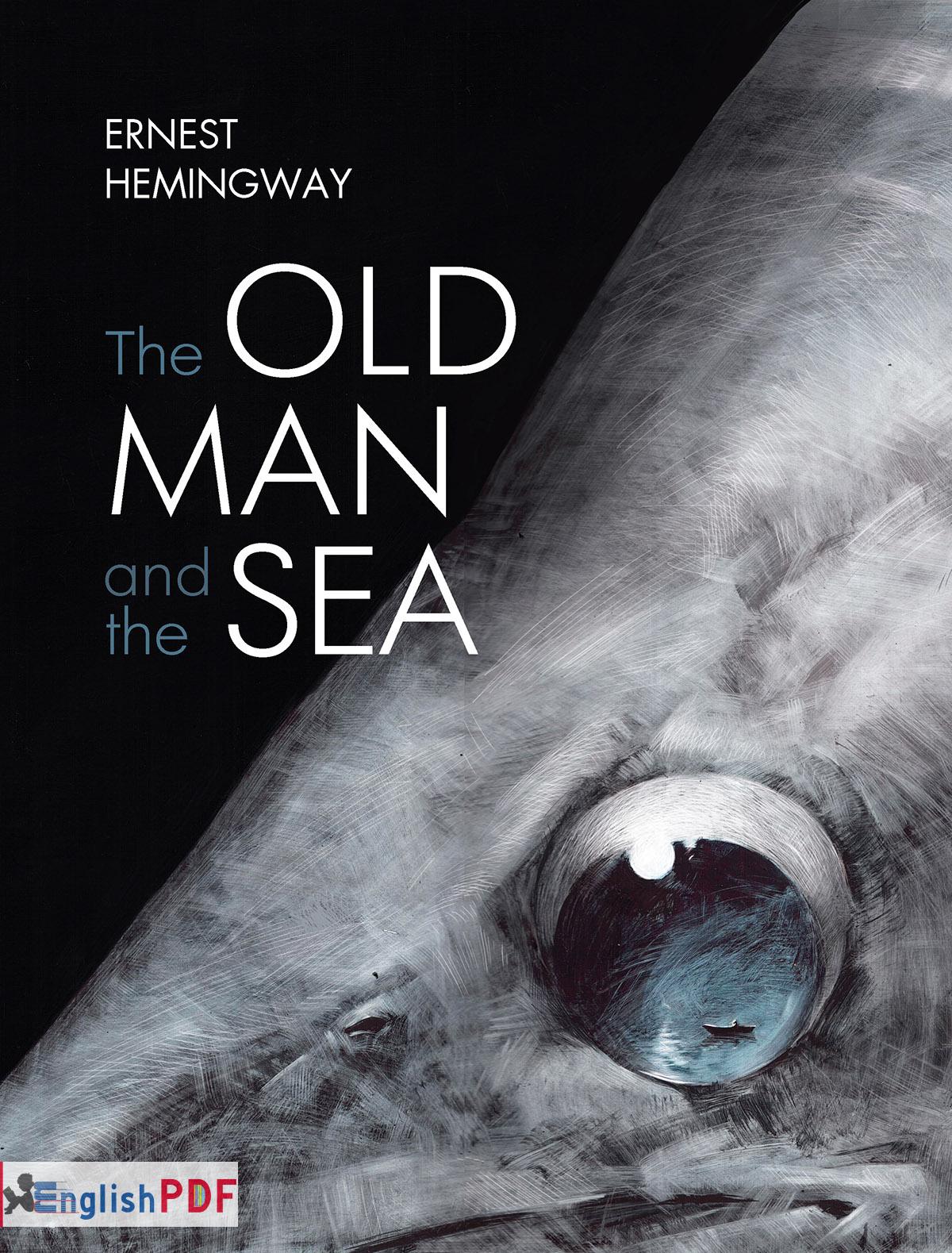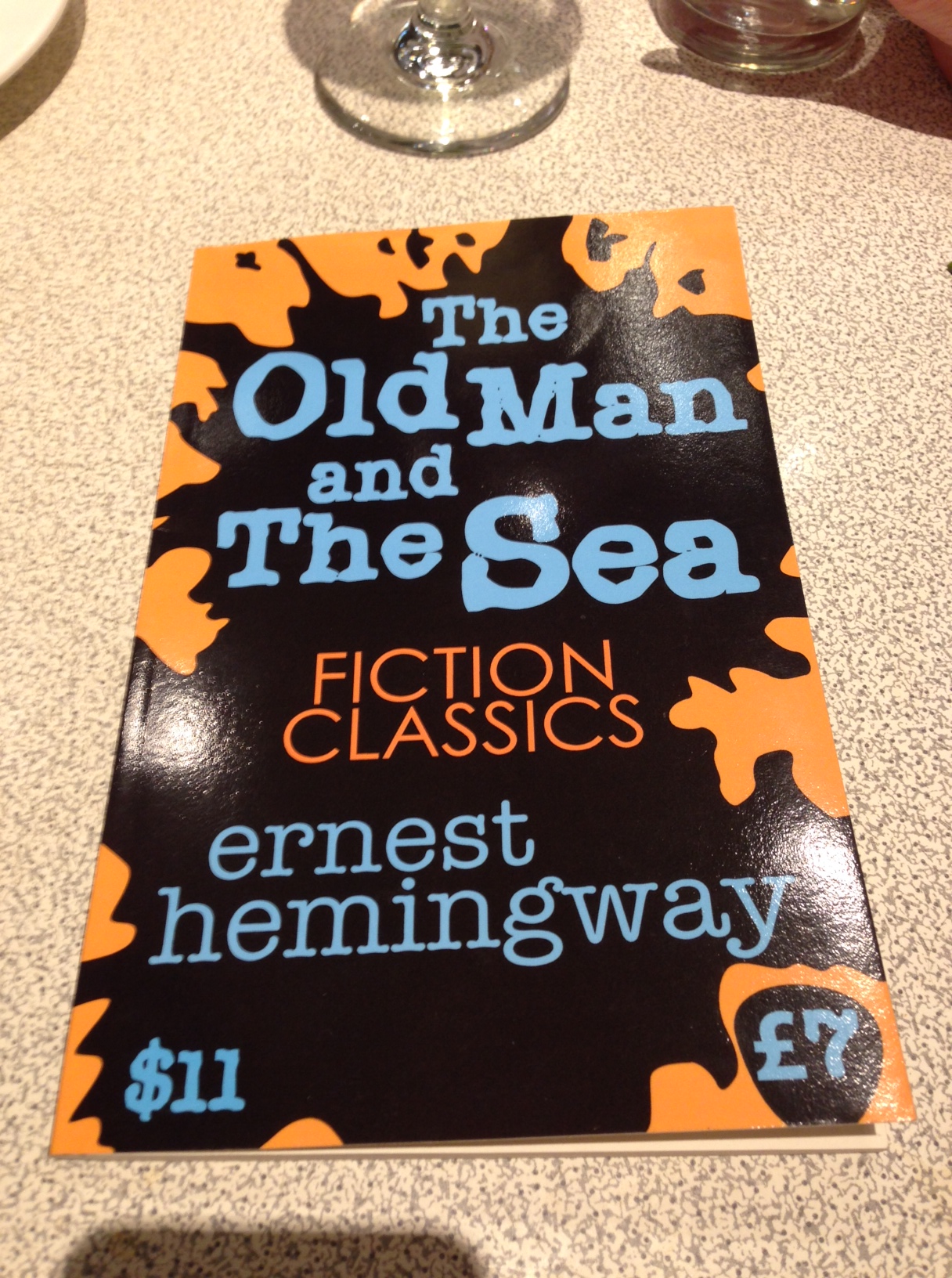
In The Old Man and the Sea, Hemingway depicts Santiago as a dedicated fisherman whose craft is integral to his own identity, his code of behavior, and nature's order. In rural Cuba of the 1930s and 1940s, the traditional fishing culture (insulated and isolated from the industrialized world, closely connected to nature, bereft of modern technology, and bound to extended families and tightly knit communities) began shifting to the material progress of a fishing industry (dependent on the industrialized world for its livelihood, environmentally oblivious or negligent, increasingly reliant on mechanized methods to ensure profit, and much less bound to extended families and local communities). However, the novella does reflect a universal pattern of socioeconomic change familiar even today among developing nations. Although The Old Man and the Sea takes place in September of 1950, it exists outside (or just at the edge) of these and other significant events of the period.

population and post-war economy fueled American consumption. McCarthy initiated a Red Scare paranoia in his four-year search for communist sympathizers. The United States, under the Truman administration, advanced a policy designed to contain Soviet expansionism supported such international actions as the formation of the United Nations, the Truman Doctrine of 1947, and the Marshall Plan of 1948 and became embroiled in the Korean War. The Soviet Union had detonated an atomic bomb in late 1949. The government of Cuban President Carlos Prio Socarras was in decline and would eventually be overthrown in 1952 by U.S.-supported dictator Fulgencio Batista, who in turn would be ousted in 1959 by Fidel Castro. (Indeed, other sections of that proposed volume were published after his death as part of Islands in the Stream.)Įarly in 1951, Hemingway finally began writing The Old Man and the Sea at his home near Havana.

As early as 1939, the year he moved to Cuba, Hemingway began planning an expansion of this kernel into a fully developed story that would become part of a larger volume.


In April of 1936, Hemingway published an essay in Esquire magazine entitled "On the Blue Water: A Gulf Stream Letter," which contained a paragraph about an old man who went fishing alone in a skiff far out at sea, landed a huge marlin, and then lost much of it to sharks.


 0 kommentar(er)
0 kommentar(er)
